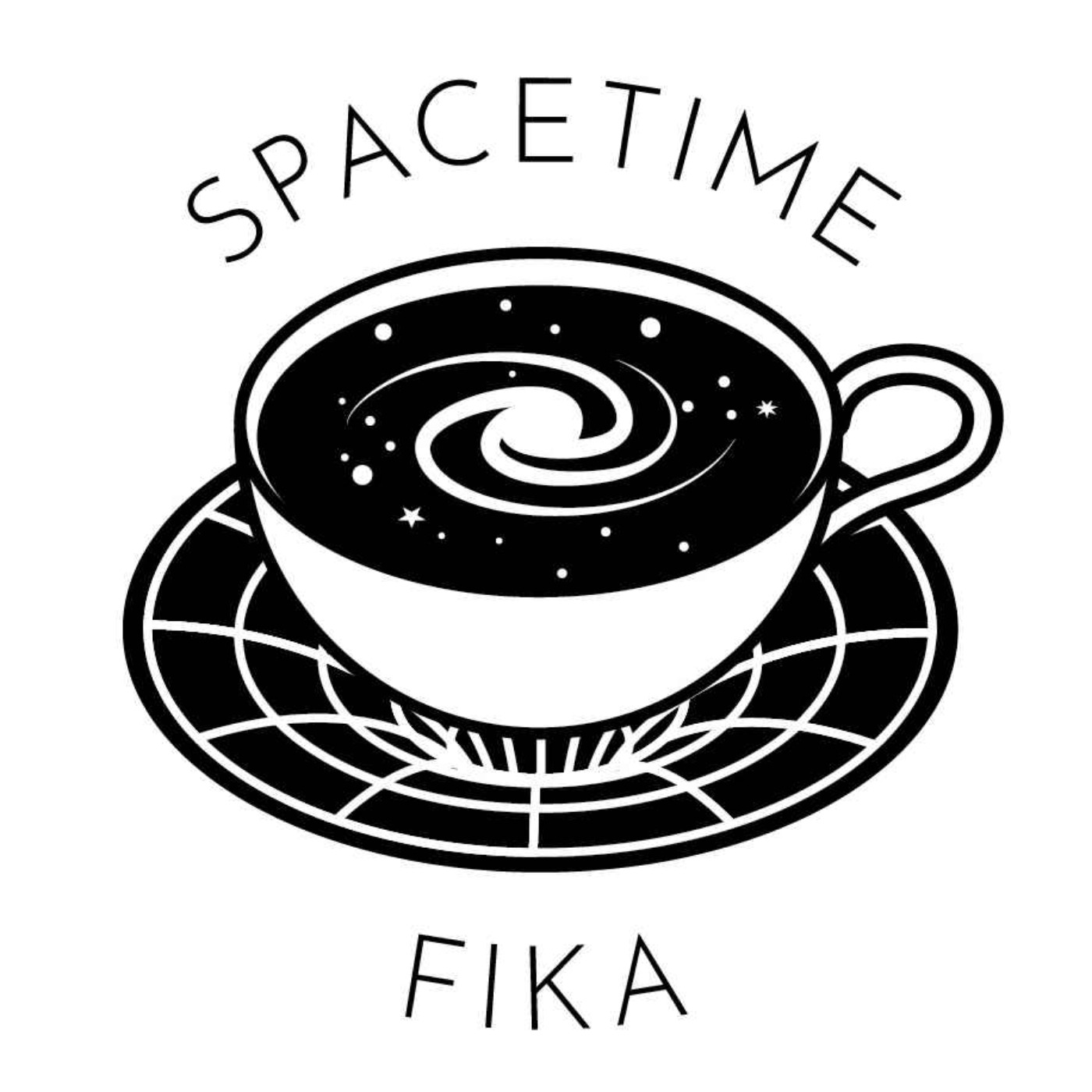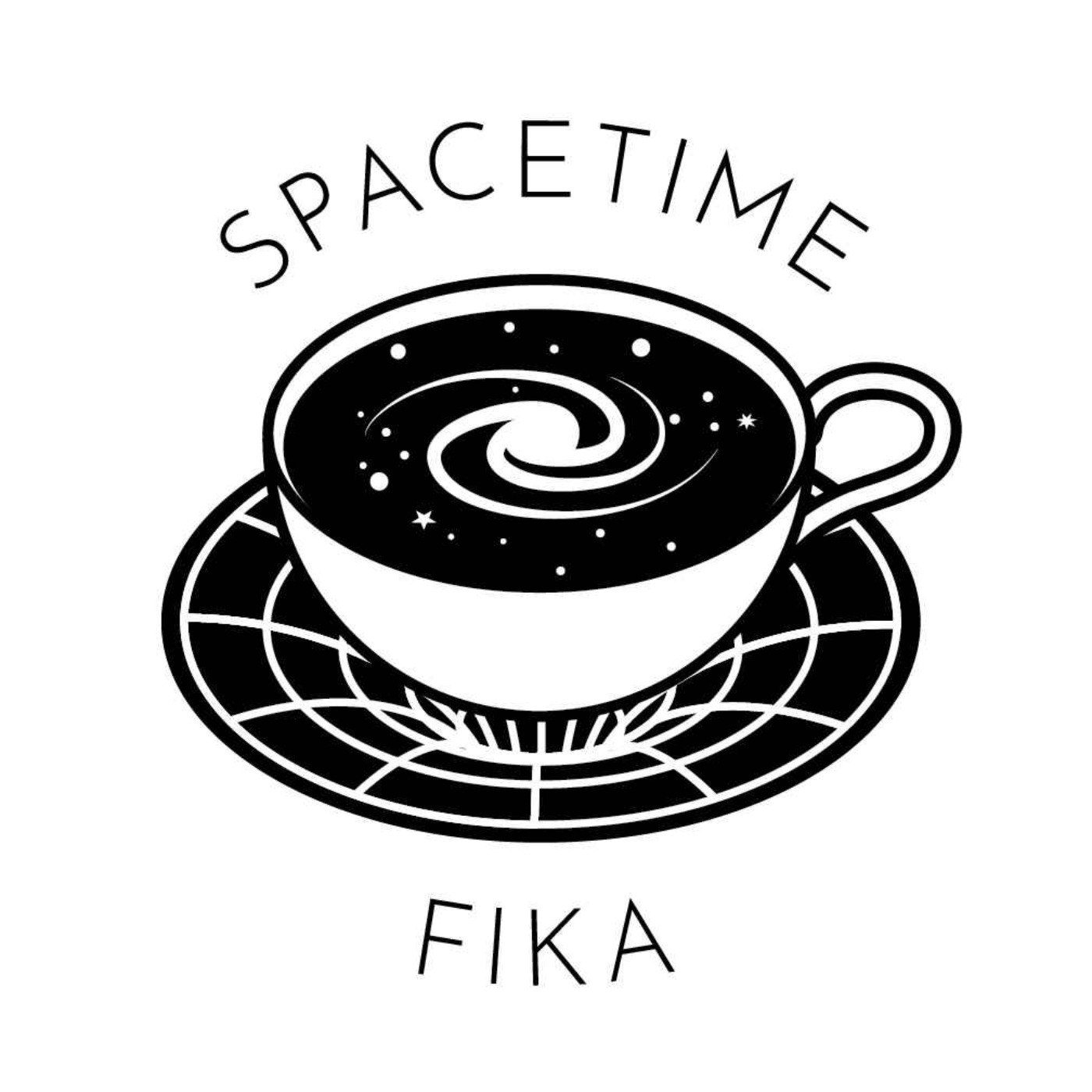Spacetime Fika
Подписка оформлена: 2Воспроизведенные: 2
Подписаться
© Jonas Enander
Описание
Fika is a Swedish word which means to have a social coffee break with cakes, and Spacetime Fika is a podcast where Jonas Enander meets people from the world of science to have an informal talk – like having a fika! – about how the universe works and how we have figured that out.
Hosted on Acast. See acast.com/privacy for more information.
3 Episodes
Reverse
Комментарии
Top Podcasts
The Best New Comedy Podcast Right Now – June 2024The Best News Podcast Right Now – June 2024The Best New Business Podcast Right Now – June 2024The Best New Sports Podcast Right Now – June 2024The Best New True Crime Podcast Right Now – June 2024The Best New Joe Rogan Experience Podcast Right Now – June 20The Best New Dan Bongino Show Podcast Right Now – June 20The Best New Mark Levin Podcast – June 2024








